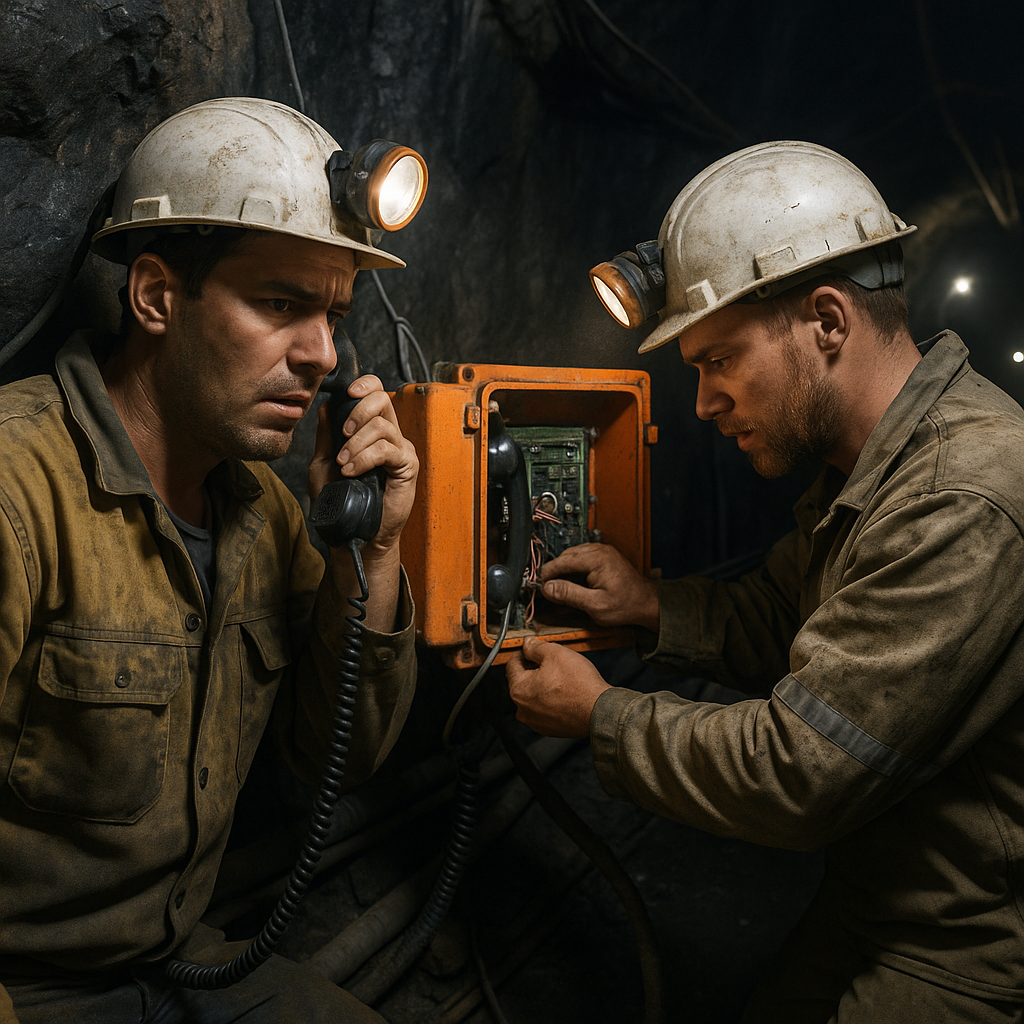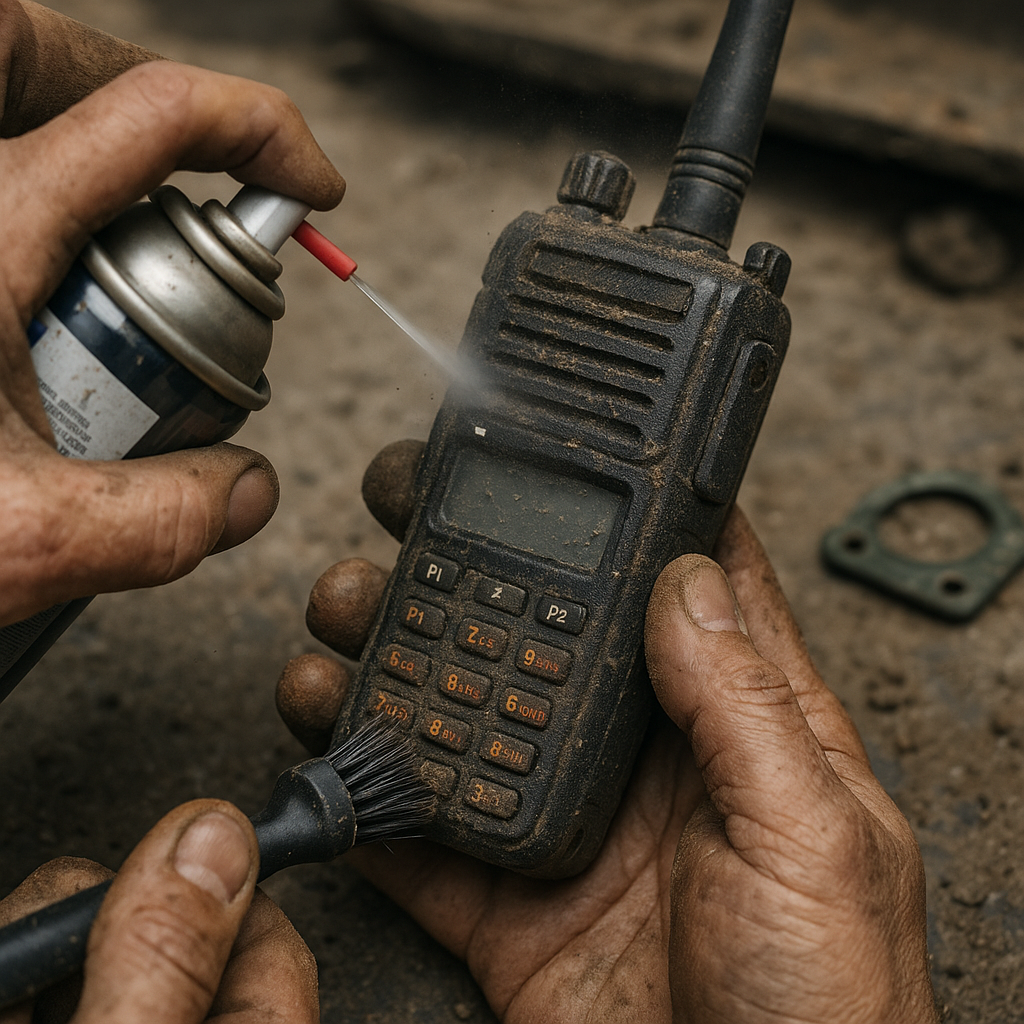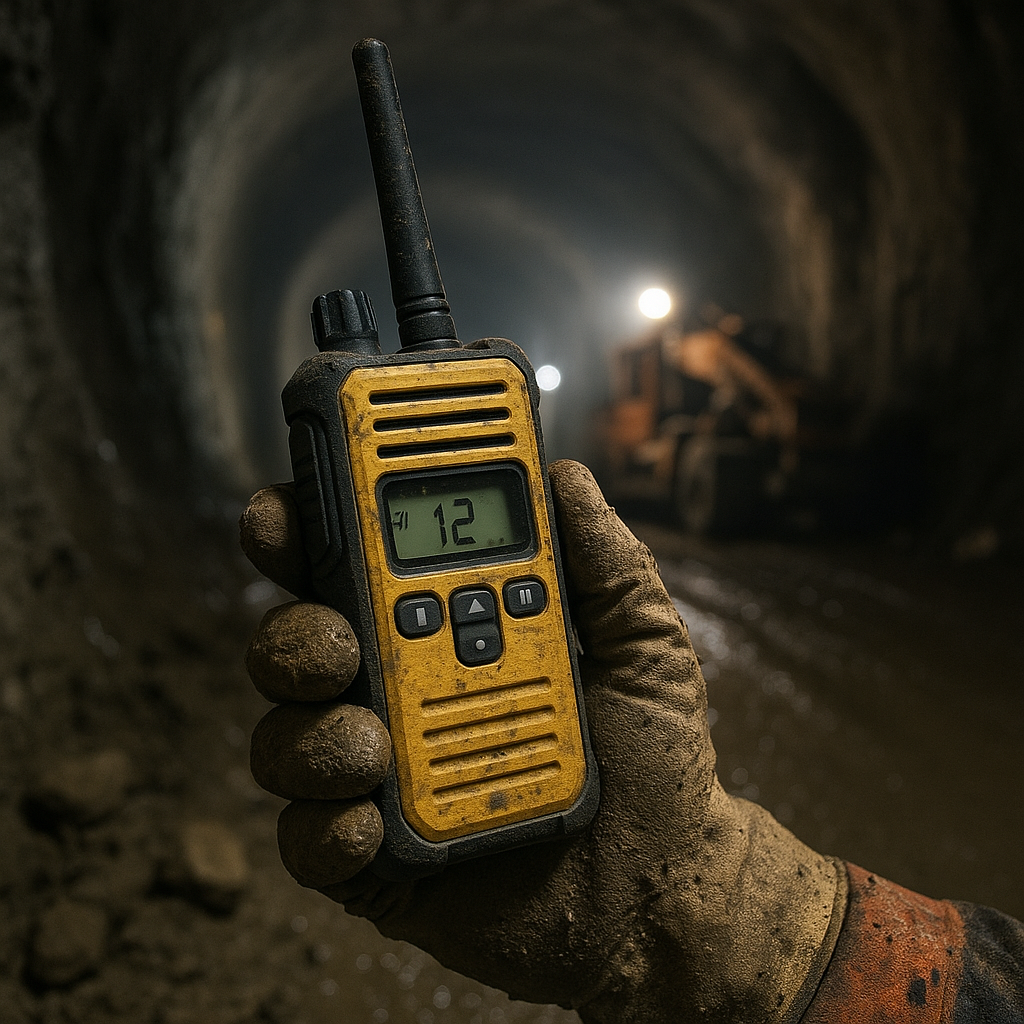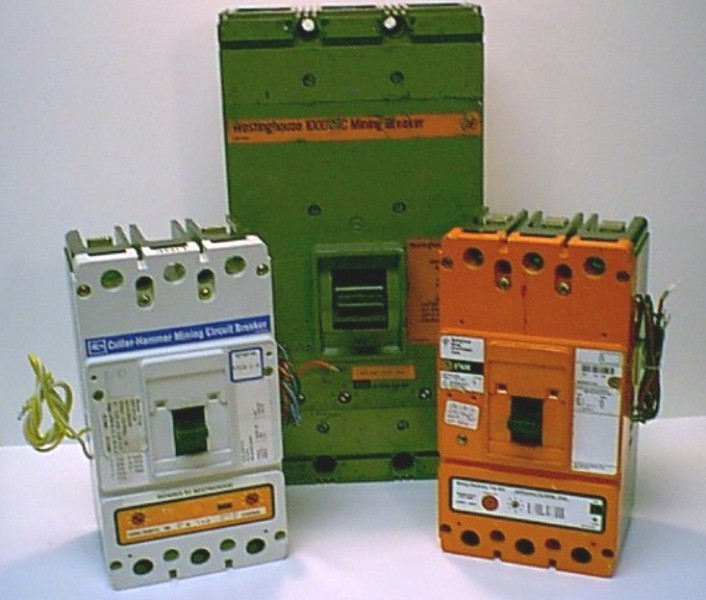Why Ground Communication is Critical in Mine Blasting Zones
Miss a message in a blast zone and someone gets hurt. There’s no guessing or waiting for a second chance. Crews need to hear and be heard, no matter how loud or dark it gets. Communication on the ground isn’t just helpful—it’s what keeps people alive when the clock is ticking.
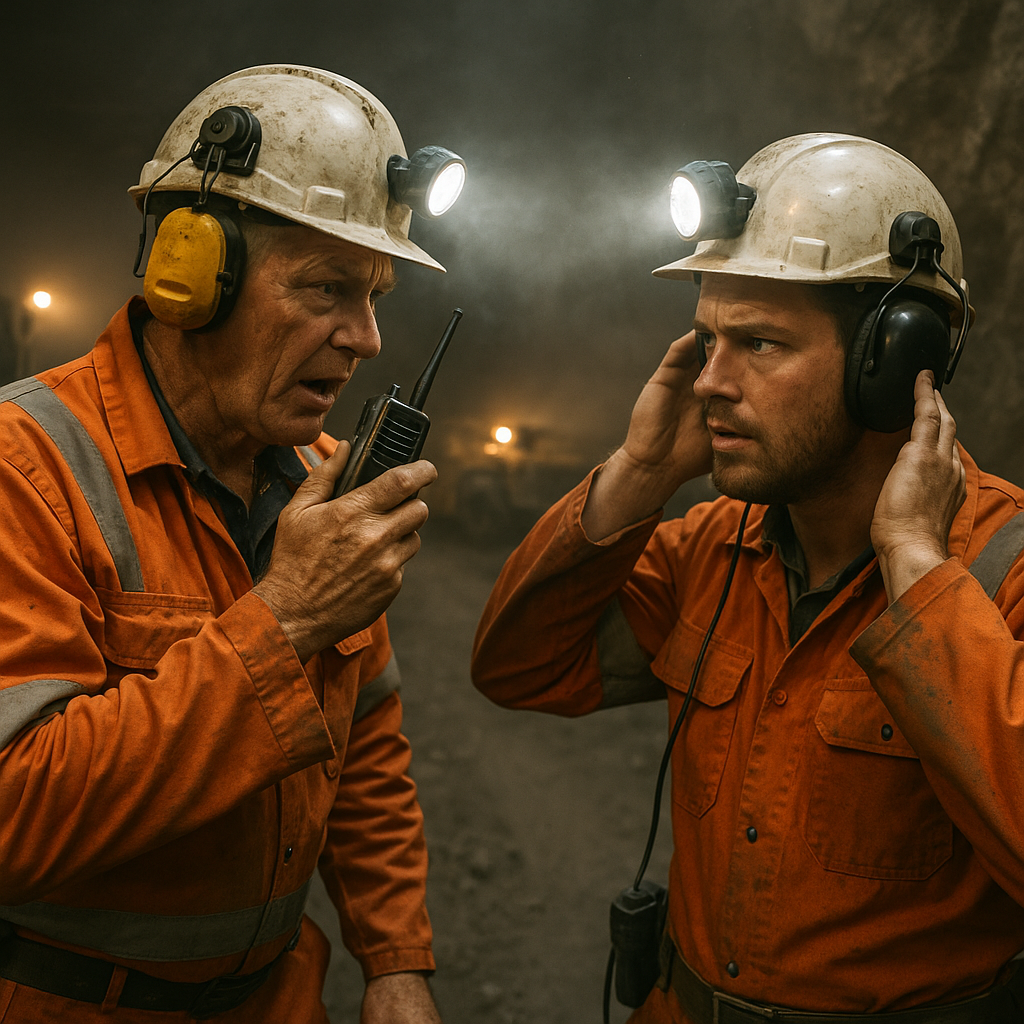
Reliable systems keep teams connected, even when dust chokes the air and heavy equipment drowns out normal speech. Mine safety equipment has evolved, but the core need never changes. Clear, instant communication keeps everyone in sync from the first warning to the final all-clear. As a provider of these systems, we understand that every second matters and that dependable communication is the backbone of mine safety.
- Dedicated voice channels cut through background noise
- Visual and audio alerts reach every corner of the zone
- Blast-resistant wiring and hardware stand up to shock and debris
- Emergency overrides let supervisors halt everything in a heartbeat
- Integrated tracking shows who’s in the danger zone. No guessing
These aren’t just features. They’re the difference between a routine blast and a rescue operation. Specialized mine phones and rugged radios form the lifeline. They’re built for the tunnels, not the showroom.
Real Coordination, Not Just Chatter
Blasting isn’t a solo job. Crews underground, safety officers at the surface, and support teams all need to move as one. That only happens when communication is instant and unmistakable. Professional-grade two-way radios let teams talk across multiple channels without delay. No one waits for a turn. No one gets left out of the loop.
When the warning goes out, it’s not just a siren. Advanced warning systems flash strobes, blast sirens, and display digital countdowns. Even with engines roaring and drills pounding, every worker gets the message. No confusion. No missed signals. The system covers every sense: sight, sound, and sometimes even vibration, so nothing slips through the cracks.
- Surface teams confirm the blast perimeter is clear
- Underground crews check in from every tunnel branch
- Supervisors track responses in real time
- Automated logs record every warning and acknowledgment
Coordination isn’t just about talking. It’s about knowing, without a doubt, that every person is ready and every step is covered. Our integrated communication solutions are designed to make that level of certainty possible for every team in the field.
Signal Problems Don’t Wait for a Break
Underground, radio signals don’t travel like they do on the surface. Rock walls block and scatter transmissions. Heavy machinery throws off interference. Even the wiring itself can pick up stray signals and noise. When a message drops, no one gets a second chance.
Specialized mining communication equipment uses hardened circuits and smart signal processing. These systems filter out the static and keep the message clear. They’re built to shrug off the electromagnetic chaos that comes with blasting and drilling. No guessing. No hoping the message got through.
- Antennas are placed for maximum coverage, not convenience
- Repeaters boost weak signals through thick rock
- Shielded cables block out electrical noise
- Backup power keeps systems running when the lights go out
When the environment fights back, the right equipment keeps the lines open. That’s not just smart. It’s survival. Minesafe Electronics has seen firsthand how our robust systems can make the difference when conditions underground are at their toughest.
Everything Must Work Together
Mixing and matching gear from different eras or brands leads to trouble. Radios that can’t talk to warning systems. Phones that don’t ring when the alarm sounds. In a blast zone, that’s not just inconvenient. It’s dangerous.
Every device, from handheld radios to fixed warning stations, must connect seamlessly. Compatibility isn’t a bonus. It’s the only way to guarantee that when someone hits the emergency override, every system responds. Regular testing isn’t paperwork. It’s the only way to know the system will work when it matters.
- Handhelds sync with fixed stations for instant updates
- Warning lights and sirens trigger together, not in sequence
- Maintenance logs track every test and repair
- Replacement parts are on hand, not on order
When seconds count, no one wants to wonder if the radio will connect or the alarm will sound. Integration removes doubt. It keeps the focus on the job, not the tools. That’s why we continually refine our product lineup to ensure every component works together as a unified safety net.
What Sets Reliable Systems Apart
Not all communication gear is built for the realities of mining. Consumer radios fail fast. Off-the-shelf phones can’t handle dust, vibration, or the shock of a controlled blast. The right equipment is purpose-built. It’s tested in real mines, not just labs.
- Sealed housings keep out dust and moisture
- Heavy-duty connectors don’t shake loose
- Simple controls work with gloves and in low light
- Clear labeling prevents mistakes under pressure
When a system is designed for mining, it doesn’t just survive. It performs. Crews trust it. Supervisors rely on it. Downtime drops. Safety improves. The difference shows up in every shift, every blast, every safe return to the surface.
Get Expert Communication Support
Contact Minesafe Electronics at 800-523-1579 or request a consultation to ensure your blast zone communication systems meet the highest safety standards.
‹ Back



